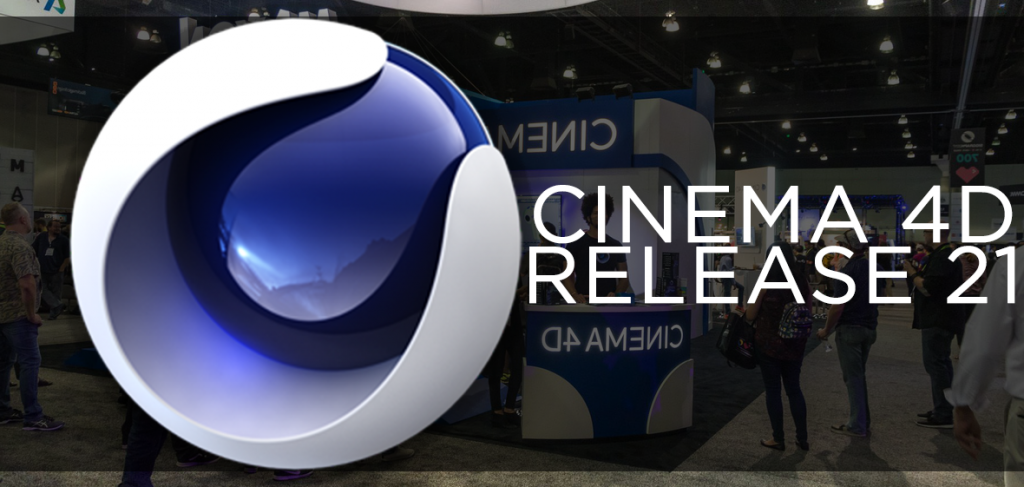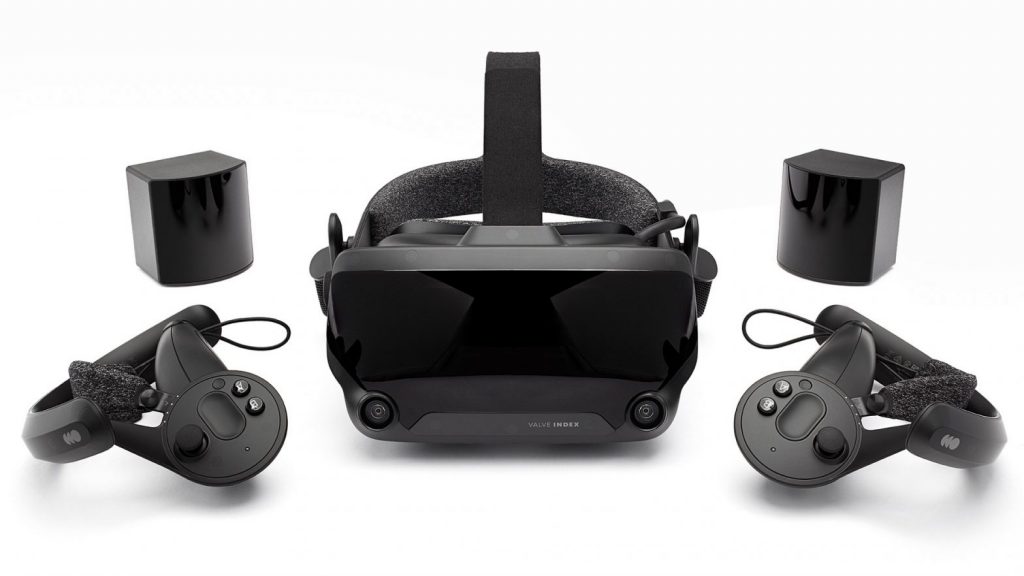Admin
The Next Generation of Cinema 4D Released at Siggraph 2019

Cinema 4D R21 delivers an incredible advancement for consumers and professionals alike- a Singular Model of Cinema 4D, New Features and New Subscription Pricing Choices. Earlier this month, Maxon announced their newly developed Cinema 4D Release 21 (R21), the next generation of its professional 3D software used and loved by many. R21 introduces new capabilities such as a reworked and more intuitive Caps and Bevel system, Field Forces for dynamic simulations integrated with hardware-accelerated rendering. R21 also introduces Maxon’s “3D for the World” initiative, that intends to put expert 3DRead More
CANCELLED: Valve Index’s VirtualLink Support for Faster VR

NVIDIA’s GeForce RTX series that debuted several months ago was the first video GPU to incorporate the USB Type-C jack (the same one found on your smartphone). Except this was not only a normal USB Type-C jack, it was a specific port was known as the VirtualLink port. This port was made so only a single connection was required for future VR head-mounted displays (HMDs), reducing the number of wires required for these advanced headsets. Reducing the amount of wires necessary for a high quality VR experience is especially importantRead More
2 Things You Must Know Before Choosing a GPU

So you’ve heard that you need a GPU to accelerate your creative workflow. While it’s true that for most digital creative workflows, GPU’s play a vital role in doubling, tripling, or in some cases, 10x-ing the speeds of workflows, what’s the right GPU for you? Here are two things you MUST consider to even USE your GPU: Graphics Processing Unit (GPU) Type: Most modern graphics cards are made by AMD, Intel, or NVIDIA. All of them work, but NVIDIA GPU’s are supported by a broader range of computer graphics softwareRead More
Understanding Integrated vs Dedicated Graphics

Several central processing units (CPUs) are offered with integrated graphics engines. By integrating the graphics in the CPU, the machine has a lower cost, consume less energy and creates less heat. These benefits come at the cost of performance. Integrated images use the PC’s slower system RAM as opposed to highly optimized Graphics RAM (GRAM) found on dedicated graphics cards. The slower system RAM can lead to significant display slowdowns when rendering (drawing) multiple high-resolution screens. If you are a graphics professional or rely heavily on graphics, integrated graphics willRead More